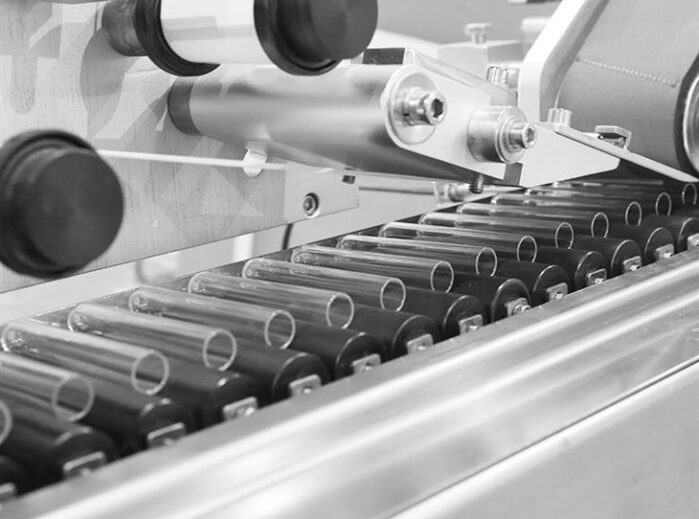Platelet Rich Plasma (PRP) is a medical treatment that involves injecting a concentrated solution of a patient’s own platelets, which contain growth factors, into an area of the body to promote healing and reduce inflammation. Here are some common questions about PRP:
- How is PRP made? PRP is made by taking a small sample of the patient’s blood, which is then processed in a centrifuge to concentrate the platelets and growth factors.
- What is PRP used for? PRP is used for a variety of medical and cosmetic purposes, including treating joint pain, tendonitis, and other musculoskeletal injuries, promoting hair growth, and improving skin texture and tone.
- Is PRP safe? PRP is generally considered safe, as it uses a patient’s own blood and there is little risk of an allergic reaction or infection. However, as with any medical procedure, there are risks, including bruising, bleeding, and infection.
- Does PRP hurt? PRP injections can be uncomfortable, but the discomfort is usually minimal and can be managed with local anesthesia or ice.
- How long does a PRP treatment take? The length of a PRP treatment can vary depending on the specific procedure, but most treatments take less than an hour.
- How many PRP treatments are needed? The number of PRP treatments needed depends on the specific condition being treated and the patient’s individual response to treatment. Some patients may see improvement after just one treatment, while others may require multiple treatments.
- What are the side effects of PRP? The most common side effects of PRP are mild pain or discomfort at the injection site, swelling, and bruising. More serious side effects are rare but can include infection, nerve damage, and blood clots.
- How long does it take to see results from PRP? The time it takes to see results from PRP can vary depending on the specific condition being treated, but most patients begin to see improvement within a few weeks of treatment.
- Is PRP covered by insurance? PRP is not always covered by insurance, as it is considered an elective procedure for some conditions. However, some insurance plans may cover PRP for certain medical conditions.
- Who is a good candidate for PRP? Good candidates for PRP are generally healthy individuals who are experiencing joint pain, tendonitis, hair loss, or skin concerns and have not found relief from other treatments. It is important to discuss your medical history and any current medications with your doctor before undergoing PRP treatment.








